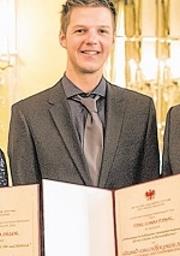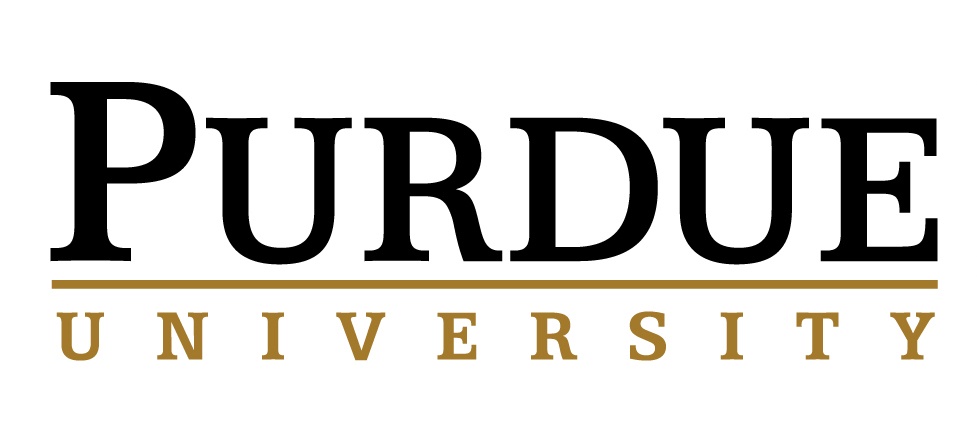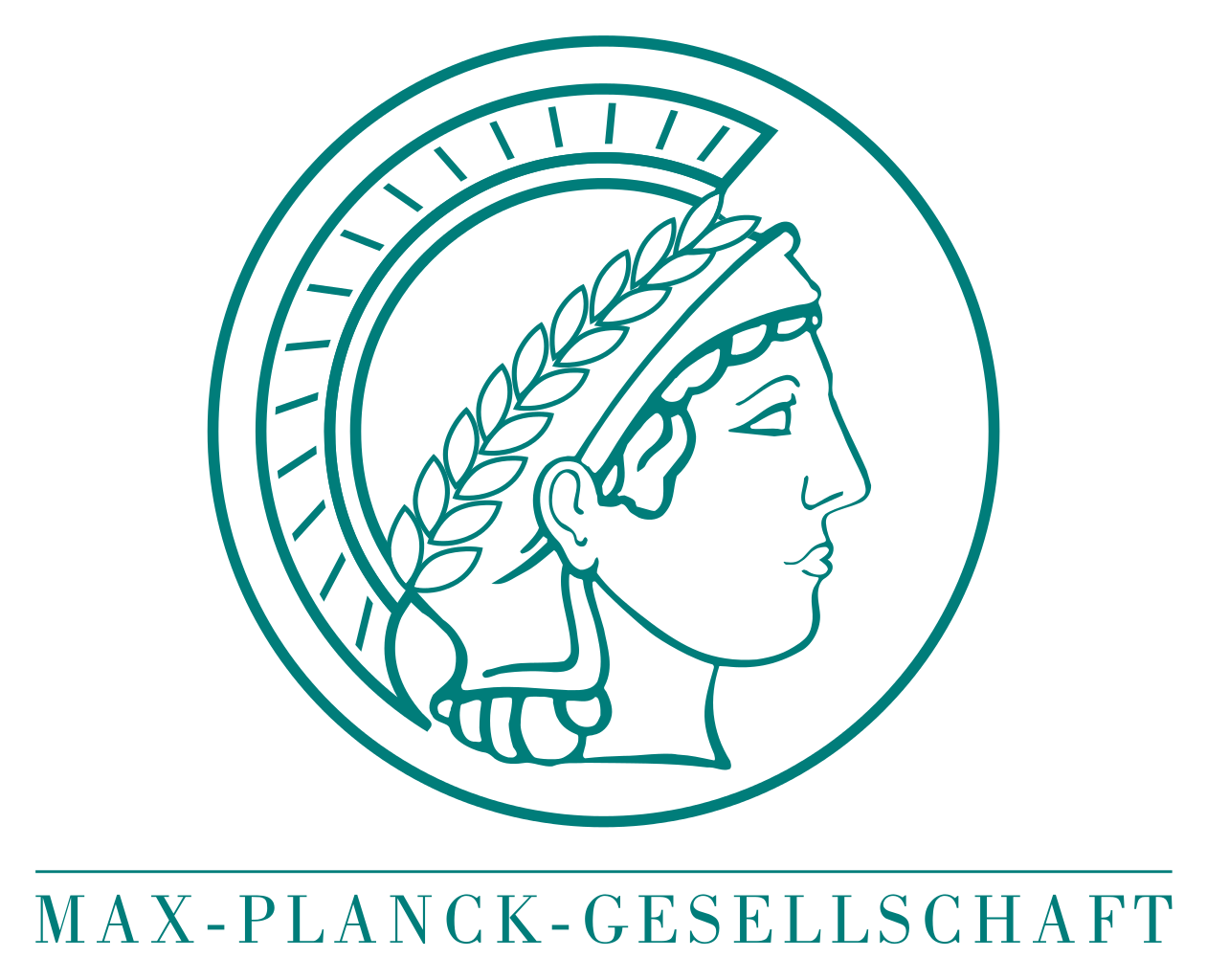
Department of Physical Chemistry
Nanostructured Model Catalysts

Department of Physical Chemistry
Nanostructured Model Catalysts







Universität Innsbruck, Austria
Birck Nanotechnolgy Center, Purdue University, West Lafayette, IN, USA
Technische Universität Wien, Institut für Materialchemie, Austria
BESSY II, Synchrotron, Helmholtz-Zentrum Berlin, ISISS Beamline of theFritz Haber Institut, Berlin
Max-Planck Institut für die Chemische Physik fester Stoffe, Dresden
* These authors contributed equally to the respective publication.
# This author was the corresponding author.
I finished my Diploma studies in Chemistry at the University of Innsbruck in July 2012. (For details, I would like to refer to my Curriculum vitae). I started my research on fuel reforming and fuel cell relevant catalytic processes already during my master thesis in October 2011, were I worked at the Institute for Physical Chemistry in the work group of Prof. Bernhard Klötzer who is also my supervisor. The title of my thesis was “H2O-activation on model catalyst surfaces for methane und methanol reforming processes”. In October 2012 I continued in the same workgroup and officially started my PhD “Catalytic synergism at (bi)metallic and oxidic surfaces and interfaces in SOFC-relevant reforming processes” under supervision of Prof. Bernhard Klötzer and Dr. Simon Penner . Do expand my scientific horizon I went to the United States in the frame of an “Exzellenzstipendium” (an excellence scholarship) of the Carinthian industrial union to stay abroad for six months as a visiting researcher at the outstandingly well-equipped Birck Nanotechnology Center at the Purdue University in Indiana (September 2013 to February 2014). There I got further excellent education in state of the art surface science analysis techniques as well as the novel applied ALD preparation technique by my US-supervisor, Dr. Dmitry Zemlyanov. I already was in contact with him before my stay, due to some cooperative research at the synchrotron in Berlin. The research project in the US was set up carefully by my Austrian adviser Dr. Bernhard Klötzer, my US advisor Dr. Dmitry Zemlyanov and me to face the current scientific requirement: My studies in Innsbruck clearly pointed out that our system of focus, metallic Cu-Zr pre-catalysts, forms a highly active phase boundary under methanol steam reforming reaction conditions. However, the nature of the active site could at this point be speculated but not clearly identified. Also the quantity of the potential sites could not be further optimized due to limitations of the used sputter preparation technique.
In the US I could not only identify the potential active site using HREELS (High Resolution Electron Energy Loss Spectroscopy), which turned out to be a hydroxylated species resulting from water oxidation of originally metallic Zr. There I was also allowed to expand the newly learned technique to other surfaces with extremely interesting and promising results. I would like to refer to the preliminary results section at this point.
Because of our specialized catalysis laboratory at the University of Innsbruck, the cooperation between the US University and the University of Innsbruck is extremely relevant and profitable for both sites. The establishment of the ALD preparation technique in Innsbruck could give a much clearer idea about real catalyst performance and catalysis application. All catalytically relevant surfaces prepared and developed in the US eventually need to be tested for true catalytic performance (with the final aim to quantify catalytic turnover numbers at the active sites) here in Innsbruck. Vice versa, the University of Innsbruck needs to make use of the innovative catalyst growth methodology.
The ALD cell and all its supply is currently under construction and will be online within the next month. Anyway, because of the necessarily all-custom-built devices, some more time will be required until all systems are operating as designed.